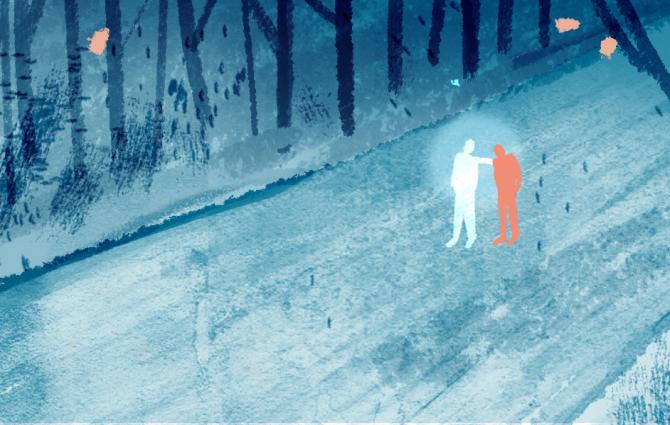“Citations” might stand alongside “dentist” and “Brussels sprouts” in the dictionary of dread-inducing words.
Yes, the conversation around citations seems to be that of fear and loathing. As in, citations are only something you do to avoid plagiarism. As in, citations are finicky, overly complex, and time-consuming.
Sure, that last one might be true, but there’s so much more to the world of citations than that. Beyond just a means to give credit to the work of others, your references list acts as a springboard for your readers to research and discover more about your topic.
Citations are like a conversation between a community of writers, researchers, and readers!
Proper citing practices also make your own writing process easier, because you’ll be able to quickly go back and reference the information you intend to use in your paper.
Despite all these positives, there is a bit of a learning curve to citations. So, let’s walk through the 3 main styles, discuss their finer points, and consider their pros and cons. With a better understanding of citing practices, it’s easy to see the value they provide!
APA
The APA style is most often used in the social sciences, like Geography, Psychology, or Sociology.
- In-text citation: Last name, date, and if a direct quote, page number
- Example: (Maier, 2016, p. 220).
- References list: Should be titled “References” and included at the end of the paper. Each entry needs to have certain elements, depending on the type of source you're referencing (this is true of all citation styles). A print-based journal article entry in the APA style, for example, would contain these elements: Last name, first initial (date). Title of article. Title of journal, volume number (issue number), page numbers.
- Example: Maier, G. (2016). Out of Focus: Irony and Photographs in Distant Star by Roberto Bolano. Neophilologus, 100 (2), 213-222.
- Pros: The author and date in in-text citation makes it easier to distinguish between numerous works by the same author, e.g. (Carson, 1998) and (Carson, 2013).
- Cons: The repeated use of dates can become clunky.
MLA
The MLA style is commonly found in the Humanities, like English Literature and Philosophy.
- In-text citation: Name and page number
- Example: (Berressem 435)
- References list: Should be titled “Works Cited” and included at the end of the paper. A print-based journal article entry would be formatted as follows: Last name, first name. "Title of article." Title of journal, volume number, issue number, publication month and year, page numbers.
- Example: Berressem, Hanjo. "Economies of Greed in 'Late Pynchon': America and the Logic of Capital." Textual Practice, vol. 33, no. 3, Jan. 2019, pp. 433-449.
- Pros: Considered to be a more flexible style that takes into account new forms of media, like tweets and YouTube videos.
- Cons: Requires the use of pages for all citations, which can be difficult to keep track of.
Chicago
The Chicago style is also used in the humanities, most often History and Anthropology. It is also common in Computer Science.
The Chicago style has two variants: Author-Date, and Notes-Bibliography. We will stick with Notes-Bibliography because it’s the more distinct of the two.
- In-text citation: Either footnotes or endnotes. To use a book as our in-text citation example, you would include the author’s full name, the title of the work, followed by the publication location, the publisher, and date in brackets, and finally, the page number.
- Example: Joan Didion, The White Album (New York: Simon & Schuster, 1979), 18.
- After a work has been cited once, it can be included in an abbreviated form with just the author’s last name, the title of the work, and the page number.
- Example: Didion, The White Album, 21.
- References list: Should be titled “Bibliography” and included at the end of the paper. A book entry would be formatted as follows: Last name, first name. Title. Location of publication: publisher, date.
- Example: Didion, Joan. The White Album. New York: Simon & Schuster, 1979.
- Pros: The lack of citations embedded within the text itself can make for a smoother and more straightforward reading experience.
- Cons: A long footnotes section can break up the page and your text, and the formatting can be tricky.
Citation elation
Citations might seem daunting at first, but once you learn the ropes you’ll realize there’s nothing to fear! Not only are citations an integral aspect of maintaining academic integrity, but they’re also an essential element of scholarly discourse, where you can share and connect with a whole world of knowledge.
The Library has some great resources to help you dive deeper into citations, so be sure to check them out.



